Understanding Its Role in Construction Efficiency and Safety
Material handling is a vital aspect of any construction project, involving the movement, protection, storage, and control of materials throughout the project lifecycle. From unloading deliveries to placing materials exactly where needed on a job site, material handling ensures efficient workflow, reduces delays, and enhances site safety.
In construction, where timing, cost, and safety are critical, the right material handling processes and equipment can significantly reduce labor costs, improve safety, increase productivity, and minimize material waste. This guide explores the fundamentals of material handling and how to implement effective strategies on modern construction sites.

Table of Contents
ToggleThe Role of Material Handling in Construction
Material handling in construction encompasses a broad range of activities and tools designed to transport materials on job sites effectively. It includes everything from lifting equipment for construction to material storage solutions and construction site logistics planning.
Without a solid material handling plan:
- Materials can be misplaced or damaged.
- Workers may face delays or injury risks.
- Projects often exceed timelines and budgets.
Categories of Material Handling Equipment
1. Manual Material Handling Tools
These are simple tools like:
- Wheelbarrows
- Pallets
- Carts
While basic, these tools are essential for small-scale movement and short distances, especially in tight or indoor areas of a job site.
2. Mechanized Equipment
Mechanized systems significantly improve efficiency and safety. Examples include:
- Forklifts for construction
- Hoists and cranes
- Conveyors in construction
- Jib Cranes (Explore Aardwolf Jib Cranes)
They handle larger, heavier, or more delicate materials that would be difficult or dangerous to transport manually.
3. Automated Material Handling Solutions
Though more common in industrial or warehouse settings, automation is beginning to impact construction as well. Examples include:
- Self-driving material movers
- RFID-tracked inventory systems
- Smart hoisting systems
Types of Construction Material Handling Equipment
Let’s break down some of the most common equipment used on construction sites:
✅ Aardwolf Slab Lifters
Aardwolf Slab Lifters are purpose-built for securely gripping and lifting heavy stone or glass slabs. Their robust design enhances handling precision and minimizes damage during transport, especially for countertop and facade applications.
✅ Vacuum Lifters
Vacuum Lifters are used for lifting non-porous materials such as glass, polished stone, and metal sheets. They are an ergonomic solution that reduces manual labor and enhances control during placement.
✅ Jib Cranes
Jib Cranes allow flexible, localized lifting of materials. Mounted to walls or columns, they are ideal for confined job site areas and can rotate to deliver materials precisely where needed.
Material Storage Solutions on Job Sites
Effective material storage solutions are crucial for preserving material quality and ensuring quick access. Key strategies include:
- Using pallets and racks to organize inventory
- Designating storage zones by material type
- Protecting sensitive materials with covers or indoor storage
- Labeling and logging all incoming supplies
This organization prevents excess material loss and ensures smoother project flow.
Construction Site Logistics: Planning Material Movement
Efficient construction site logistics planning focuses on organizing how materials are delivered, moved, and accessed. A well-designed logistics plan includes:
- Dedicated entry and exit paths
- Scheduled deliveries to avoid congestion
- Staging areas for quick unloading
- Mapped paths for internal movement using carts or forklifts
This not only improves safety on construction sites but also avoids costly downtime and confusion.
How Material Handling Improves Construction Outcomes
✔ Reduce Labor Cost in Construction
Mechanization of lifting and transporting materials means fewer laborers are needed for physically intensive work. Workers can instead focus on skilled tasks, improving overall project efficiency.
✔ Improve Safety on Construction Site
Manual material handling is one of the leading causes of injuries on job sites. By integrating tools like slab lifters, hoists, and carts, risks are minimized and safety compliance improves.
✔ Increase Construction Productivity
With the right tools in place, materials arrive faster, are installed more accurately, and workflow disruptions are avoided. Projects stay on schedule and budget.
✔ Minimize Material Waste
When materials are dropped, damaged, or exposed to weather due to poor handling or storage, it results in financial loss. Proper material handling systems prevent unnecessary waste.
Essential Equipment and When to Use It
| Equipment | Best Use | Benefits |
|---|---|---|
| Forklifts | Moving pallets and large materials | Fast and powerful transport |
| Wheelbarrows/Carts | Manual short-distance moves | Affordable and maneuverable |
| Hoists and Cranes | Vertical lifting | Ideal for multi-story projects |
| Vacuum Lifters | Fragile, flat material | Reduces breakage, ergonomic |
| Slab Lifters | Granite, marble, large slabs | Secure grip, fewer accidents |
| Conveyors | Moving bulk materials (e.g., sand) | Continuous flow, low labor |
Best Practices for Implementing Material Handling Systems
- Assess Material Needs Early: Plan your material quantities and delivery schedule before the project begins.
- Choose Equipment Based on Application: Use Vacuum Lifters for fragile glass or metal, Slab Lifters for stone, and Forklifts for heavy pallets.
- Train Staff: All workers should be trained to use equipment safely and efficiently.
- Maintain Equipment: Regular checks prevent breakdowns and delays.
- Review and Improve: Collect data on material flow and refine logistics strategies accordingly.
Future of Material Handling in Construction
The next wave of material handling will integrate:
- IoT sensors for real-time tracking
- AI for predictive inventory management
- Automation for routine lifting tasks
- Green logistics to support sustainability
Adopting these innovations not only increases productivity but also strengthens a company’s competitive edge.
Conclusion
Material handling is far more than just moving things around—it is the backbone of an efficient and safe construction site. Whether you’re managing materials for a small-scale project or a multi-story commercial build, incorporating the right tools and strategies can make or break your schedule and budget.
With solutions like Aardwolf Slab Lifters, Vacuum Lifters, and Jib Cranes, you can significantly reduce manual effort, improve safety, and elevate your productivity.
.

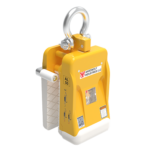
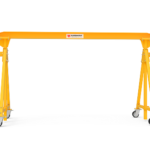
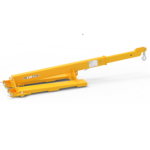
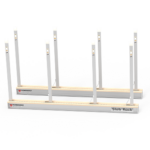
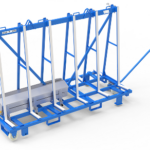

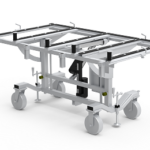




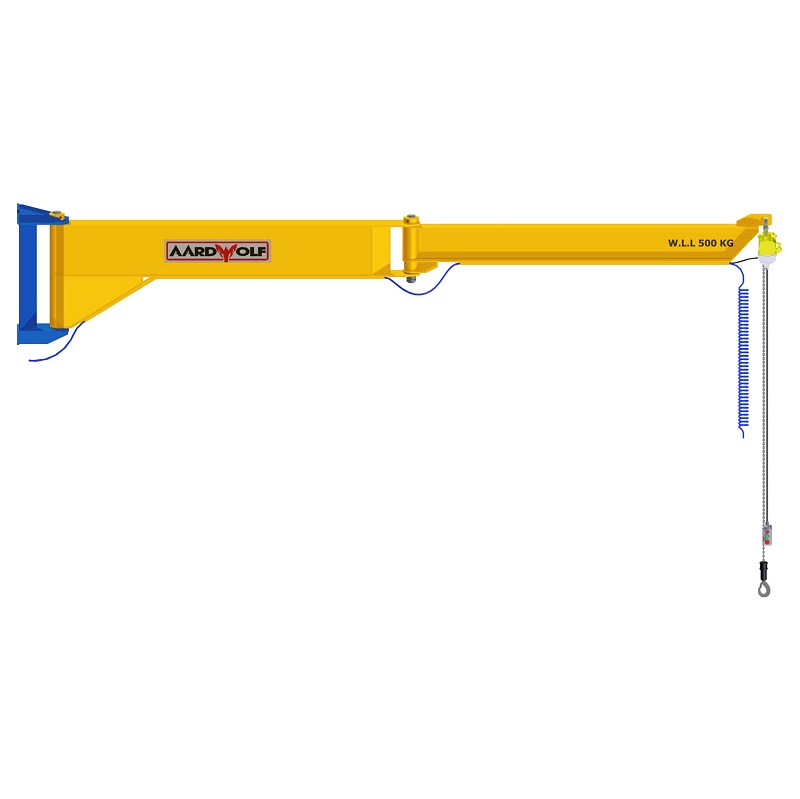
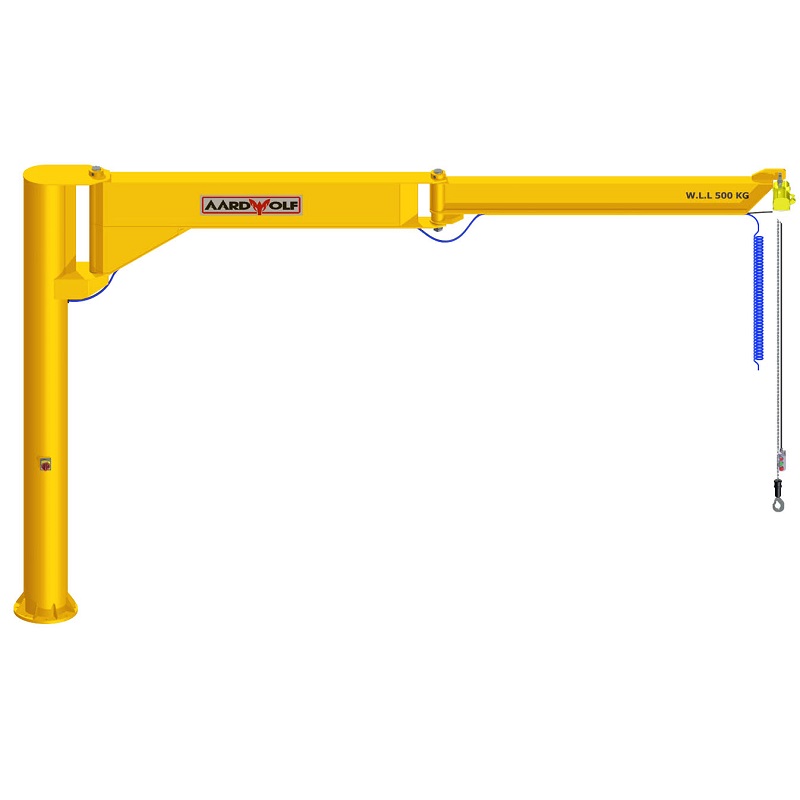
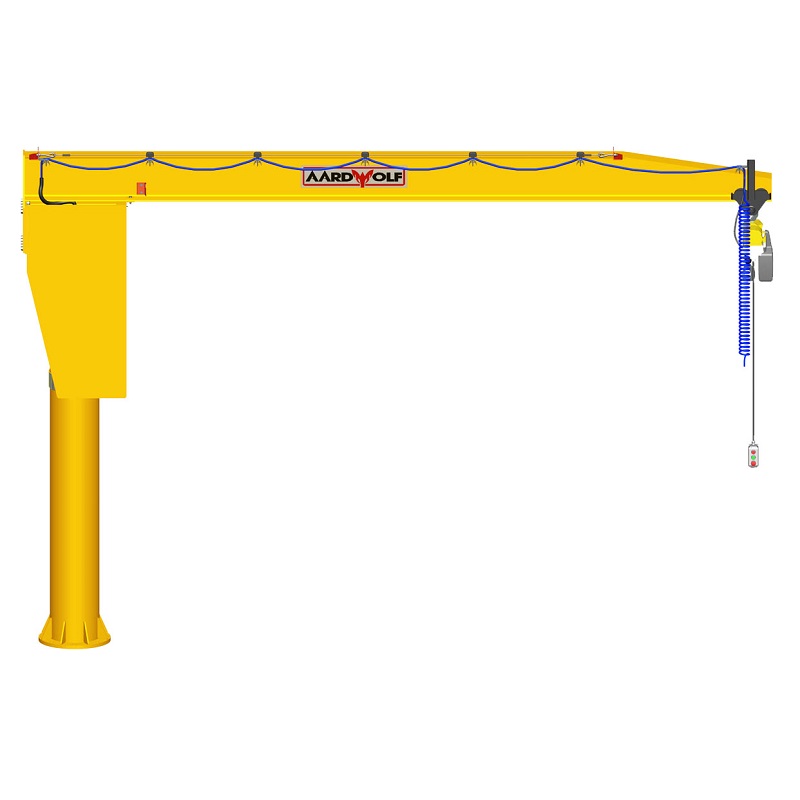


Please log in to leave a comment.